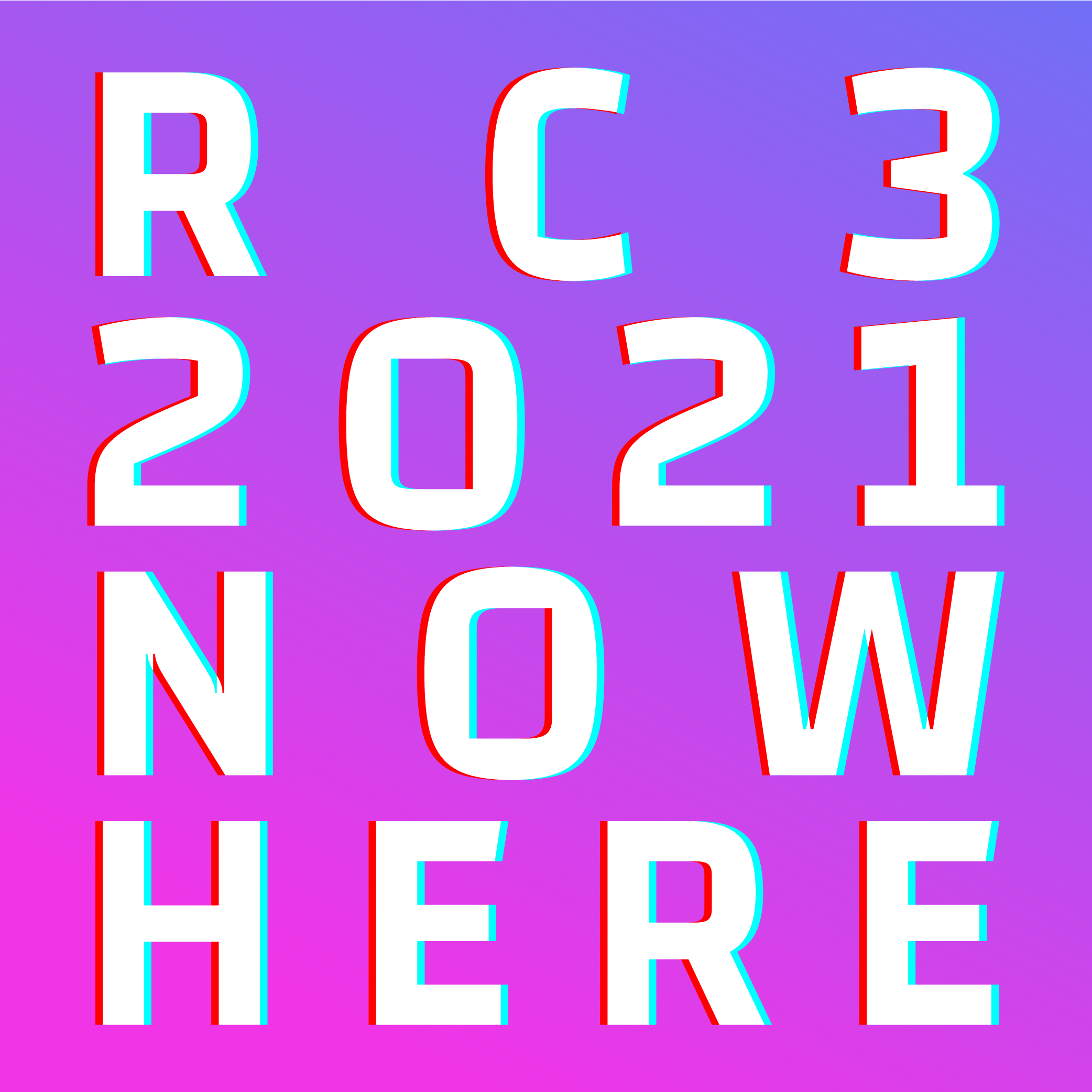Ruben Gonzalez and Krijn Reijnders
Post-quantum crypto is being rolled out to secure **you** from quantum computers! Unfortunately, few people know how post-quantum works. Let's change that!
In this zero-to-hero talk we'll dive into the inner workings of Kyber, a prominent member of the post-quantum family.
Post-Quantum Crypto is the art of inventing asymmetric cryptography that can withstand large quantum computers. This relatively young subject becomes more and more relevant as [Shor’s algorithm](https://en.wikipedia.org/wiki/Shor%27s_algorithm) would break all of today’s asymmetric cryptography once a large enough quantum computer can be build.
Therefore RSA, Elliptic Curve Crypto, Diffie-Hellman, DSA and friends could soon be obsolete.
Kyber (formerly known as New Hope) is among the first post-quantum schemes to be standardized and already found its way into products. As a lattice-based system, Kyber is fast and its security guarantees are linked to an NP-hard problem. Also, it has all the nice mathematical ingredients to confuse the hell out of you: vectors of odd-looking polynomials, algebraic rings, error terms and a security reduction to “module lattices”.
This talk will introduce you to the world of post-quantum cryptography by giving a hands-on tutorial on how its most prominent member - Kyber - works. We'll start with high school level mathematics and work our way up to constructing Kyber. By constructing such a toy-sized Kyber, we can learn how the system works, comprehend its design decisions and see how it is related to an NP-hard problem.
After that we’ll take a brief look into how PQC will change real world cryptography in the near future.
Download
Video
These files contain multiple languages.
This Talk was translated into multiple languages. The files available for download contain all languages as separate audio-tracks. Most desktop video players allow you to choose between them.
Please look for "audio tracks" in your desktop video player.
